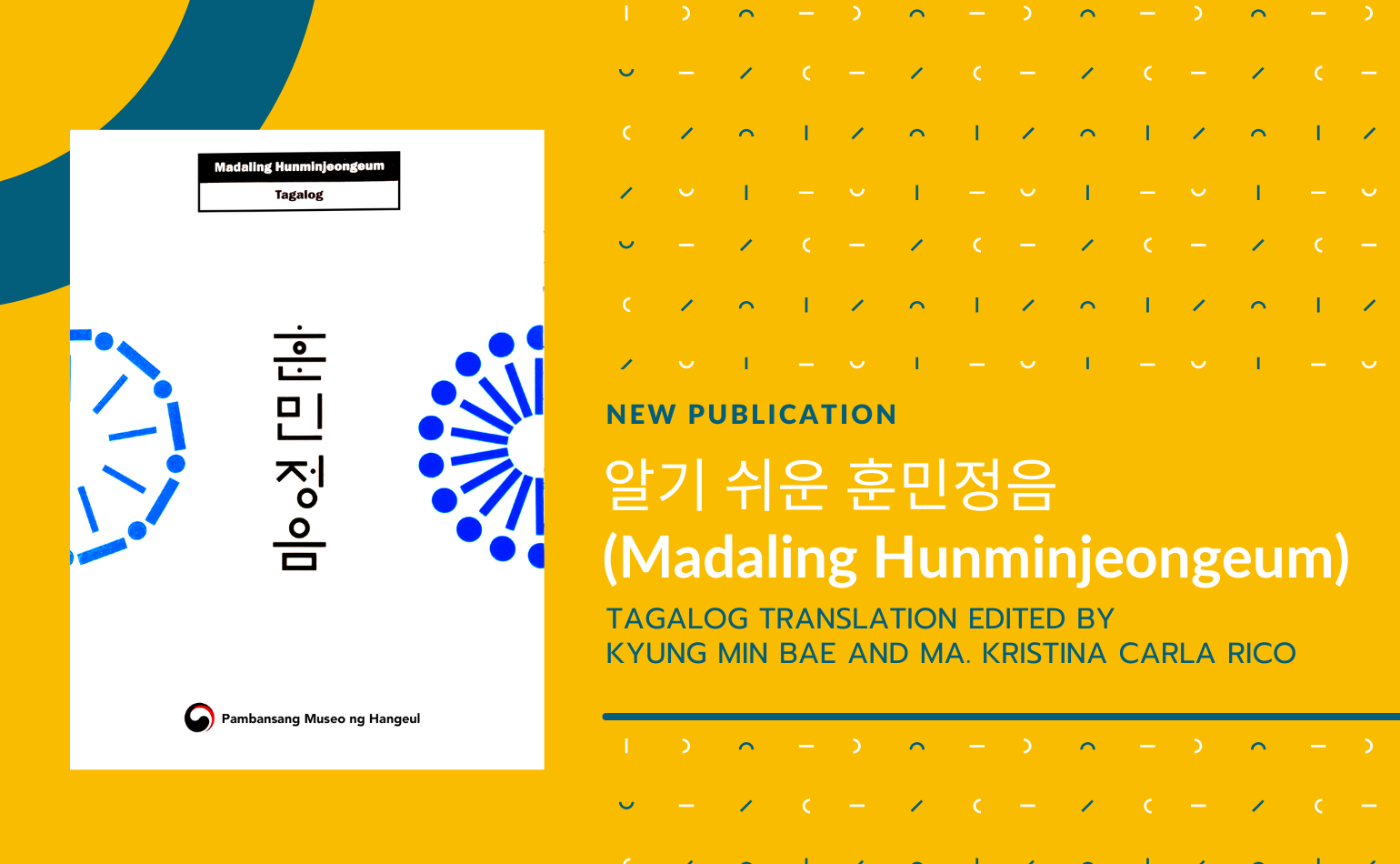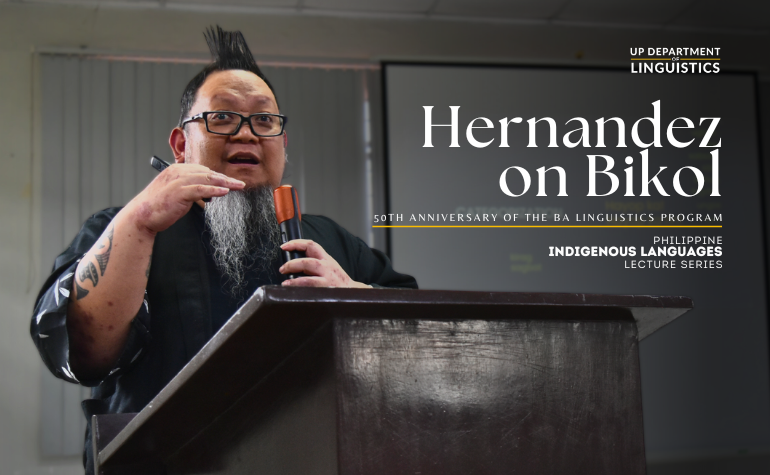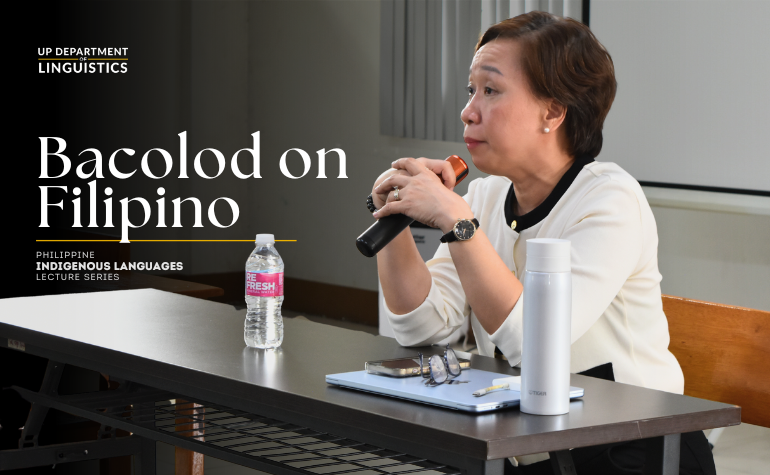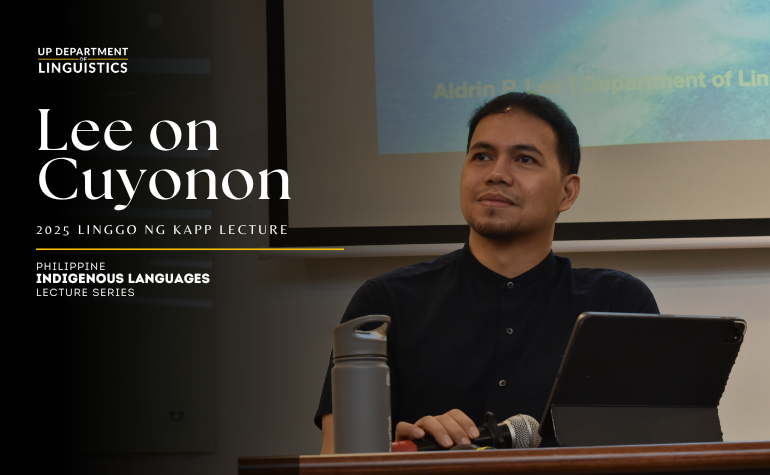
Assistant Professorial Fellow Kyung Min Bae and Senior Lecturer Ma. Kristina Carla Rico edited the Filipino translation of the 알기 쉬운 훈민정음 (Madaling Hunminjeongeum/Easy-to-Understand Hunminjeongeum), which was published by the 국립한글박물관 (National Hangeul Museum) on 30 December 2022.
The Hunminjeongeum (literally, “Proper Sounds for the Instruction of the People”) was completed in the year 1443, during the reign of King Sejong, and it contains instruction on the use of the then newly-invented Korean writing system that will come to be known as hangeul. It originally consisted of 28 letters of which four were dropped over time. The letters were shaped after the native sounds of the Korean language and could therefore more closely reflect spoken Korean more closely than the Chinese characters that they had previously adopted in writing.
This booklet that Dr. Bae and Senior Lecturer Rico edited and proofread is based on the 해례 Haerye edition of Hunminjeongeum, which was published about 550 years ago. It originally contained six parts:
- “An Explanation of the Design of the Letters” (制字解)
- “An Explanation of the Initial Sounds” (初聲解)
- “An Explanation of the Medial Sounds” (中聲解)
- “An Explanation of the Final Sounds” (終聲解)
- “An Explanation of the Combination of the Letters” (合字解)
- “Examples of the Uses of the Letters” (用字例)
Hunminjeongeum Haerye was thought to have been long lost, but a copy was found by chance in 1940 in an old house in Andong, Gyeongsangbuk-do, and is currently preserved in Kansong Art Museum in Seoul. In 1958, the South Korean government designated it a national treasure and instituted a strict policy for its conservation.
The objective of publishing this booklet is to enable anyone who is interested in the Korean language to be familiar with the history and the principles behind the development of the Hangeul script.
A copy of the translated booklet will be made available at the Department of Linguistics Library in the near future.
Published by UP Department of Linguistics



